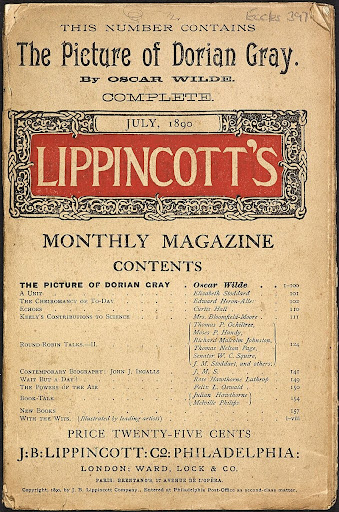“I am too fond of reading books to care to write them,” said Lord Henry, a manipulative character, in the novel The Picture of Dorian Gray by Irish author, poet, and playwright, Oscar Wilde.
This gothic novel follows a wealthy young man, named Dorian Gray. An artist named Basil Hallward meets Gray and is instantly captivated by him. Hallward paints many pictures of Gray; however, the artist is fearful that these paintings portray too much of the youthfulness that Gray possesses, and that Gray would become upset with the portrait, reminding him of the youth he lost.
After a speech from Hallward’s friend, Lord Henry, Hallward’s fears become reality. In Gray’s sorrow, he curses the painting to age for him, so he may remain young forever.
The Picture of Dorian Gray is another story about chasing infinite youth and the dangers of it. While Gray lives his excess-filled life, his portrait continues to show the aging of his soul.
Wilde attacks society’s obsession with beauty and superficiality head-on in this Gothic novel by creating a corrupt protagonist whose unchanging beauty is enabled by a magical portrait that records his inner ugliness.
When Gray eventually feels the pain of being immortal, he channels his anger towards his portrait that shows his aging.
Something commonly seen throughout the novel are indirect themes of homosexuality. Originally published in 1890, in Lippincott’s Monthly Magazine, Wilde’s sole novel was originally 500 words longer but were later removed due to their contents, which were later recovered in 2011 by Nicholas Frankel. These missing words focused on Hallward, who claims to have “never loved a woman”, and his feelings of lust towards Gray.
These themes of homosexuality can be seen in Wilde’s own personal life, as he was documented to have many relations with other men and was eventually prosecuted for “Gross Indecency”.
My personal rating for this month’s book is 8/10. If you want your favorite book to be featured next month, go ahead and suggest it here.









